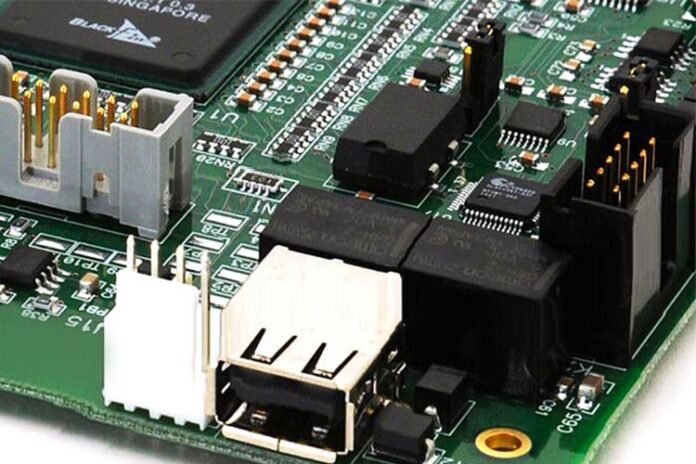Printed circuit boards (PCBs) come in various types, each with unique characteristics and applications. Understanding the different types of PCBs can help you choose the right one for your electronic device. In this article, we will explore the most common types of PCBs and their applications.
Single-Sided PCBs
Single-sided PCBs are the simplest type of PCB and consist of a single layer of conductive material on one side of the board. They are often used in simple electronic devices that have a low component density and do not require complex circuitry. Single-sided PCBs are also generally less expensive than multi-layer PCBs, making them a popular choice for cost-sensitive applications.
Applications: Toys, calculators, and other simple electronic devices.
Double-Sided PCBs
Double-sided PCBs consist of two layers of conductive material separated by an insulating layer. They are more versatile than single-sided PCBs and can accommodate a higher component density. Double-sided PCBs are commonly used in consumer electronics, industrial control equipment, and automotive applications.
Applications: Power supplies, instrumentation, and automotive electronics.
Multi-Layer PCBs
Multi-layer PCBs consist of multiple layers of conductive material separated by insulating layers. They offer superior performance compared to single-sided and double-sided PCBs and can accommodate a high component density. Multi-layer PCBs are ideal for high-speed digital applications, telecommunications, and data processing. They also offer better thermal management, EMI shielding, and signal integrity.
Applications: High-speed digital equipment, telecommunications, data processing, and aerospace.
Rigid PCBs
Rigid PCBs have a solid, inflexible construction and are commonly made from fiberglass-reinforced epoxy resin. They are ideal for applications that require high durability, reliability, and stability. Rigid PCBs are commonly used in high-performance electronic devices such as medical equipment, aerospace, and defense systems.
Applications: Medical equipment, aerospace, defense systems, and industrial control equipment.
Flex PCBs
Flex PCBs consist of a flexible material such as polyimide or polyester that can bend and conform to different shapes and sizes. They are ideal for applications that require flexibility and space-saving designs. Flex PCBs are commonly used in consumer electronics, medical devices, and automotive applications.
Applications: Consumer electronics, medical devices, automotive electronics, and wearable technology.
Rigid-Flex PCBs
Rigid-flex PCBs combine the best features of both rigid and flex PCBs by combining rigid sections with flexible sections. They offer superior design flexibility and durability and can accommodate complex circuitry in a compact form factor. Rigid-flex PCBs are ideal for applications that require high reliability, durability, and small size.
Applications: Aerospace, defense systems, medical equipment, and portable devices.
Conclusion:
Printed circuit boards (PCBs) come in various types, each with unique characteristics and applications. By understanding the different types of PCBs, you can choose the right one for your electronic device. Whether you need a simple single-sided PCB or a complex rigid-flex PCB, there is a PCB type to meet your needs. With proper planning and design, PCBs can help you create reliable, high-performance electronic devices that meet your specific requirements.

